Tretinoin: a dermatologist’s guide for patients
This comprehensive dermatologist guide helps patients learn everything they need to know about tretinoin, including its benefits, side effects, uses, formulations, doses, and how to get started with it.
Table of Content:
What is tretinoin? | What is it used for? | How long does tretinoin take to work? | Benefits | Side effects | Formulations | Concentrations | How to apply tretinoin? | Expiration date | Request a consultation | Tretinoin and Altreno | Tretinoin and isotretinoin | Tretinoin and adapalene | Tretinoin and tazarotene | Tretinoin and trifarotene | Tretinoin and retinol | Tretinoin with Winlevi | Tretinoin and spironolactone | Tretinoin with azelaic acid | Tretinoin and niacinamide | Tretinoin and hydroquinone | Tretinoin and clindamycin | Tretinoin and benzoyl peroxide | Is tretinoin over the counter? | FAQ
Our commitment to producing high-quality content:
The information presented in this article is based on scientific research and the professional advice of our Content Medical Reviewers, who are experts in the field of Dermatology. How we write our content →
What is tretinoin (Retin-A) cream?
Common Tretinoin Strengths:
If you want to add tretinoin to your skincare routine, get started here: Tretinoin 0.025% | Tretinoin 0.05% | Tretinoin 0.01%
Tretinoin, (also known as all-trans retinoic acid ATRA), is a topical medication (so called prescription retinoid) belonging to the retinoid class. Tretinoin is used to treat various skin conditions by regulating the process of skin cell growth and differentiation. In simpler terms, tretinoin help regulate how skin cells develop and mature which is beneficial to manage different skin problems1. For example, tretinoin accelerates the turnover of aging skin cells while stimulating the generation of fresh ones. Consequently, it also helps unclogging pores, reducing inflammation, and improving the overall skin texture appearance.
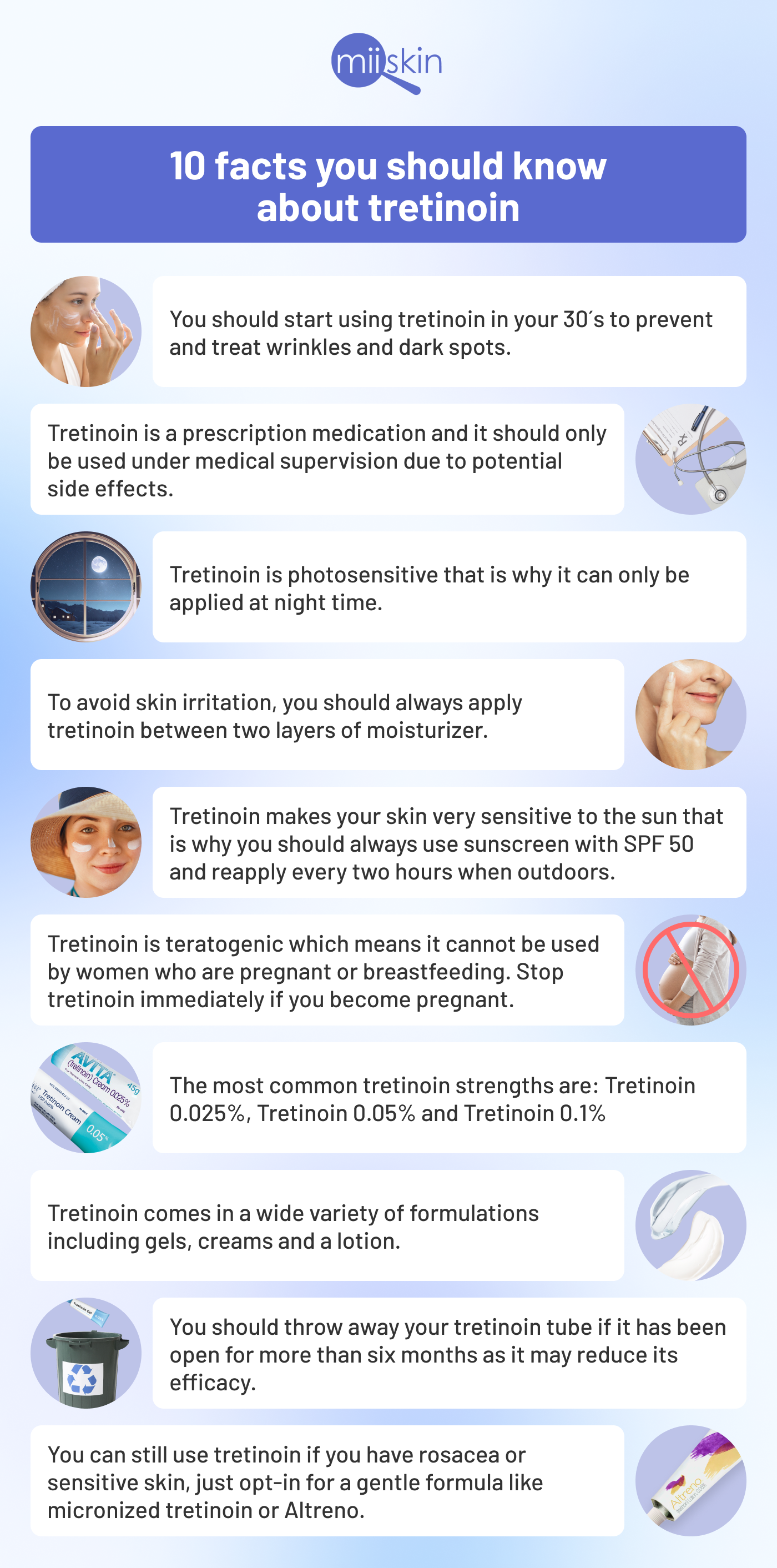
What is tretinoin and what is it used for?
Treatment of acne
Tretinoin is commonly prescribed for treating mild to moderate acne, including both non-inflammatory (whiteheads and blackheads) and inflammatory (papules, pustules, and cysts) forms. It helps to prevent the formation of new acne lesions and promote the healing of existing ones2.
Hyperpigmentation
Tretinoin can be effective in treating hyperpigmentation issues such as melasma and post-inflammatory hyperpigmentation. It helps to fade dark spots and even out skin tone3.
Rough skin texture
Tretinoin can improve acne scars and the overall texture of the skin by encouraging the shedding of dead skin cells and promoting the growth of newer, smoother skin cells4.
Stretch marks
Clinical studies show that tretinoin can be used in some cases, to improve the appearance of stretch marks, although its effectiveness tends to vary from person to person5.
Wrinkles and anti-aging
Tretinoin can also be used for wrinkles and anti-aging. Its regular use can lead to the reduction of fine lines, wrinkles, and other signs of skin aging by stimulating collagen production and improving skin elasticity6.
Can you use tretinoin if you have rosacea?
Yes, you can use tretinoin as an anti-aging treatment, even if you have rosacea or very sensitive skin. You just need to get rid of your rosacea symptoms first and then, get started with tretinoin. Dr. Anna Chacon, board-certified dermatologist, explains how to add tretinoin to your skin care routine even if you have rosacea.
How long does it take for tretinoin to work?
According to Dr. Alpana Mohta, if you use it 2 or 3 days per week, you will notice the first results in approximately 10 weeks time. Learn more about the effects it has on the skin after 2 weeks, 6 weeks, 3 months and 12 months of continued use.
Advantages of using tretinoin
Tretinoin, a potent topical treatment, has several effects on the skin that help reduce the number of acne lesions and improve overall skin health.
Tretinoin has proven comedolytic properties, which helps prevent the formation of comedones – the building blocks of acne. It regulates exfoliation, promoting healthy turnover of skin cells within hair follicles and preventing pore congestion7.
Tretinoin also helps prevent follicular plugging by inhibiting the activity of transglutaminase, an enzyme that contributes to the adhesion of skin cells.8.
Tretinoin also plays a role in the drainage and expulsion of excess sebum and acne-contributing bacteria. It cultivates an aerobic follicular environment, unsuitable for the growth of acne-causing bacteria9.
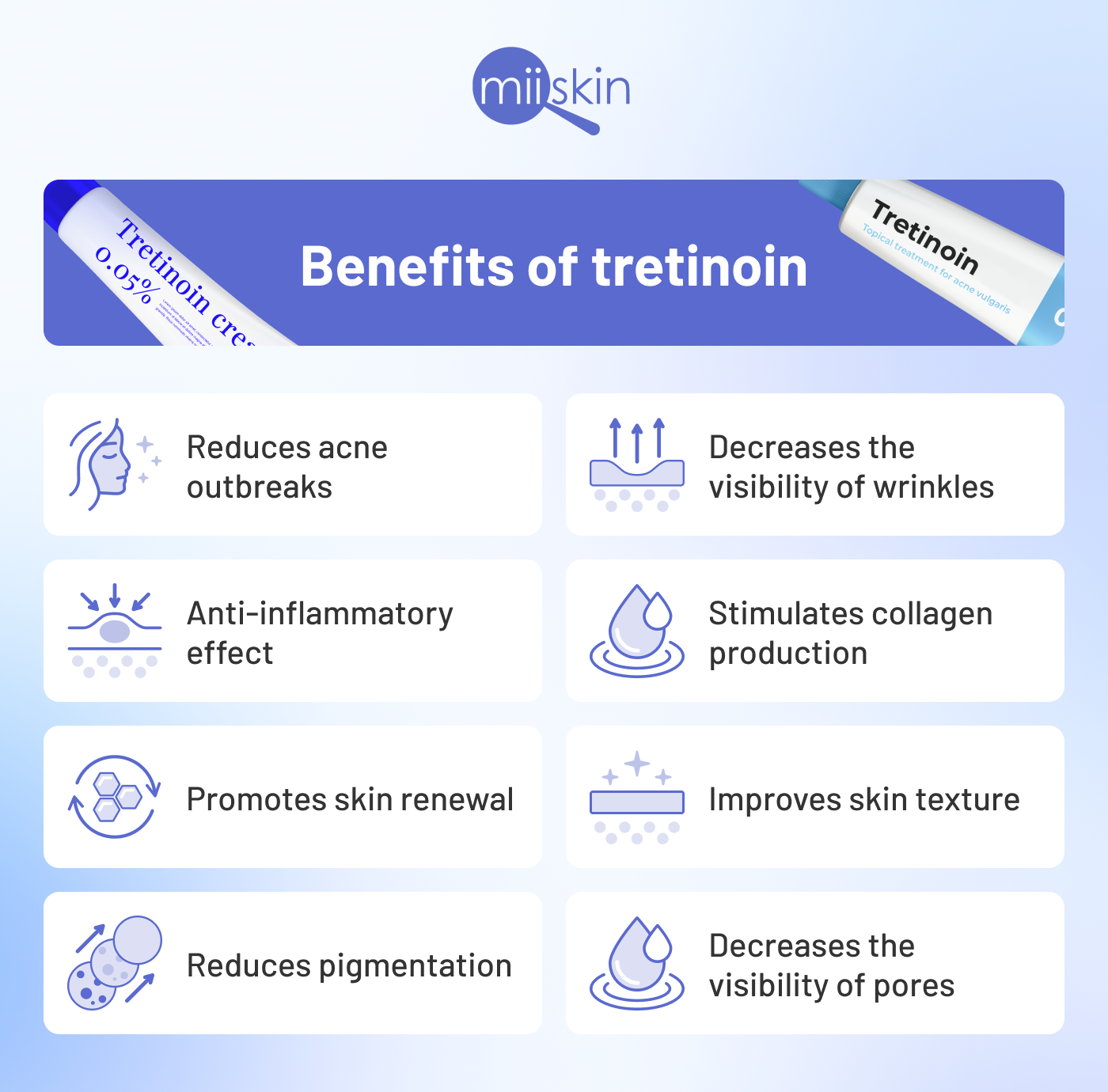
Side effects of tretinoin
Tretinoin, while effective in addressing various skin concerns, can also have some side effects, particularly when starting the treatment or if used improperly. It is important to be aware of these potential side effects and to use tretinoin under the guidance of a dermatologist. Here are some common side effects of tretinoin:
- Skin irritation
- Peeling and flaking
- Increased sensitivity to sun
- Dryness
- Skin redness
- Tingling or burning sensation
- May cause hyperpigmentation in skin of color due to irritation20
- Increased breakouts in the beginning of the treatment (commonly referred to as tretinoin purging)
It is recommended that women stop using tretinoin one month before planning a pregnancy, during pregnancy, and until they are nursing. This is due to the teratogenic effects it may cause to the developing fetus21.
Since tretinoin is photosensitive and causes sun sensitivity22, so it is important that it is applied during the night and that you use a sunscreen with SPF 50 during the course of the treatment to prevent sun damage.
Tretinoin gel vs cream vs lotion
Tretinoin comes in three different formulations: creams, gels and a lotion. They have different benefits and uses, and the right formulation greatly depends on your type of skin and your concern.
Tretinoin strengths
Tretinoin cream comes in different concentrations such as 0.01%, 0.02%, 0.025%, 0.05%, 0.08%, and 0.1%. The mildest concentration is 0.01% and the most potent concentration is 0.1%.
Different pharmaceutical companies produce different strengths, and not all brands offer all variations.
If you’re thinking about introducing a specific tretinoin strength into your skincare routine, start here: Tretinoin 0.025% cream | Tretinoin 0.05% cream | Tretinoin 0.01% cream.
How to apply tretinoin
Although tretinoin has benefits for the skin, it tends to be quite irritating, especially if you have never used it before. That is why it is essential that you only use it under medical supervision and that you follow your dermatologist’s guidance on when and how to use it, how to layer it, and the best strength for your needs.
Best tretinoin coupons
Interested in getting the best price for your tretinoin? Do not miss this tretinoin coupon guide, which guides you through the most affordable way to get tretinoin!
Tretinoin shelf life and expiration date
Like all medications, tretinoin cream has an expiration date which is very different from the medicine’s shelf life after opening. The expiration date and the shelf life after opening in many cases is not the same, but which one should you follow?
Get tretinoin with an online dermatologist consultation
To get tretinoin, you must have a doctor’s prescription. To get this, you can have a virtual photo consultation with an online dermatologist which only costs $59. It will take 1-2 days to get your answer and the prescription. Once you have the prescription, you can buy tretinoin at your local pharmacy or order it online.
Comparing tretinoin to other retinoids
Retinoids play a significant role in addressing various skin concerns. Among them, tretinoin cream stands out as a well-known and widely-used option. However, there are several retinoids and they all have unique benefits. As a general rule, you should not use two different retinoids at the same time because the benefits are quite similar and they could cause too much irritation on the skin.
Tretinoin vs Altreno
Tretinoin (also known by its brand name Retin-A) has been the gold standard for addressing acne, minimizing fine lines, and enhancing skin texture. However, AltrenoTM, a new and revolutionary tretinoin formulation has emerged with clear advantages due to its unique formulation which includes tretinoin, hyaluronic acid, collagen and glycerin.
Tretinoin vs isotretinoin
Tretinoin is a first generation retinoid approved for the treatment of mild to moderate acne, fine wrinkles, hyperpigmentation and rough skin23. Isotretinoin is a second generation retinoid that is taken by mouth. It is indicated in the treatment of severe acne that has not responded to other treatments24. Due to its teratogenic effect and serious side effects, it is a medication that is only prescribed as a last resource.
Tretinoin vs adapalene
Adapalene is a third generation retinoid that is considered as effective as tretinoin for acne but less irritating25. The advantage of adapalene is that it can be used by people with sensitive skin and is priced similarly to tretinoin while some of the newer retinoids tend to be very expensive.
Tretinoin vs tazarotene
Tazarotene is a third generation retinoid and is considered the most potent retinoid available in the market. It is approved for the treatment of moderate to severe acne, photodamaged skin and psoriasis. Clinical studies have shown that tazarotene shows results faster than tretinoin in the treatment of acne, fine lines and wrinkles, and photodamaged skin26 27.
Tretinoin vs trifarotene
Trifarotene is a fourth generation retinoid approved by the FDA for the treatment of acne. An important difference from tretinoin is that it is less irritating on the skin and has less side effects which is why it is one of the few retinoids that can be used by patients as young as 9 years of age28. In contrast, most retinoids should only be used by patients who are at least 12 years of age.
Tretinoin vs retinol
Retinol, is a very popular, over the counter retinoid available in the market. Since it is much less potent than tretinoin and it has milder side-effects it is widely used in many skin care products.
Combining tretinoin with other medications
Acne is often treated with a combination of two or more medications at the same time, which is commonly referred to as “combination treatment.”
Combination therapy aims to address multiple factors that contribute to acne development, such as excess oil production, bacterial growth, inflammation, and abnormal skin cell shedding.
By using different medications that target these various factors, dermatologists can often achieve better and more comprehensive results than by using a single treatment alone.
For example, a common approach might involve using a topical retinoid (like tretinoin cream) alongside a topical antibiotic or benzoyl peroxide to target both acne-causing bacteria and skin cell turnover. Combination therapy can lead to improved efficacy, faster results, and reduced potential for antibiotic resistance, which can occur when antibiotics are used as a monotherapy.
Tretinoin and Winlevi®
Using Winlevi together with tretinoin is an effective way to combat acne since they complement each other. Winlevi is an androgen receptor inhibitor which regulates sebum production and inflammation29 while tretinoin unclogs pores and reduces the number of new and existing acne breakouts.
Tretinoin and spironolactone
Using spironolactone together with tretinoin is an effective and affordable way to combat hormonal acne long-term. Oral spironolactone is a is potassium-sparing diuretic used off-label in the treatment of hormonal acne and female pattern baldness.
Tretinoin and azelaic acid
The combination of azelaic acid 15% or 20% with tretinoin is a powerful acne treatment since they complement each other quite well. These two medications address some of the same causes of acne such as decreasing sebum production, act as anti-keratinizing agents, reduce hyperpigmentation, inflammation and unclog pores. On the other hand, azelaic acid also has antimicrobial properties and targets some hormonal causes similar to Winlevi.
Tretinoin and niacinamide
The combination of tretinoin and niacinamide is widely used for acne and anti-aging since they complement each other quite well. When tretinoin and niacinamide are combined into a single compounded formulation, the synergistic effects can offer multiple benefits for the skin for example: reduced skin irritation, enhanced efficacy, a simplified skin care routine and a more affordable treatment option.
Tretinoin and hydroquinone
Tretinoin and hydroquinone as a combined medication is generally well accepted by patients and delivers outstanding results against hyperpigmentation and post-inflammatory hyperpigmentation from acne, eczema and psoriasis. This article explains why this combination is so effective and for how long is it safe to use.
Tretinoin and clindamycin
The combination of tretinoin and clindamycin is very effective for many patients with stubborn acne. Learn more about the benefits and mechanisms of action of this potent combination to treat acne to find out if this medicine combination is right for you.
Tretinoin and benzoyl peroxide
The combination of tretinoin and benzoyl peroxide is very effective for patients with with moderate to severe acne. Learn more about the benefits and mechanisms of action of this powerful duo to see if this combination may be right for you.
Is tretinoin sold without a prescription?
Tretinoin cannot be purchased without a prescription. To get tretinoin, you must get a prescription from a healthcare professional.
Frequently asked questions
Is tretinoin 0.05 or 0.025 better?
Tretinoin 0.05 % is more concentrated than tretinoin 0.025 %, therefore tretinoin 0.025 % is typically used as a starting point to minimize irritation. After you finish your first tube of tretinoin, you can ask your dermatologist to increase the tretinoin strength if you don’t see the results you were hoping for.
Is anything better than tretinoin?
Tazarotene, a newer retinoid, is considered the most potent retinoid on the market. So, if you want to experience more dramatic results, consider switching to tazarotene for anti-aging or acne, but be aware that with more potency, also comes a bigger chance of irritation.
Does tretinoin remove blackheads?
Yes, tretinoin is a first-line treatment for blackheads, whiteheads and comedonal acne. It works by increasing skin cell turnover and unclogging pores which helps prevent the formation of new acne breakouts.
What cannot be mixed with tretinoin?
You should abstain from using tretinoin alongside other retinoids and unless directed by your dermatologist, avoid using benzoyl peroxide, lactic acid, salicylic acid, and physical exfoliants on the same day as tretinoin.
Should I apply moisturizer before or after tretinoin?
The best approach when using tretinoin is to apply a moisturizer before and after applying tretinoin. This application technique is called the sandwich method and it is widely used to minimize skin irritation.
Can you put hyaluronic acid over tretinoin?
Yes, you can apply hyaluronic acid before or after tretinoin depending on the formulation of both products. A good option is to apply a moisturizing cream, then tretinoin cream or gel, and then hyaluronic acid at the end.
How long does 1 tube of tretinoin last?
On average a 45-gram tube of tretinoin cream may last around six months if applied daily to your face and up to a year if you apply it every other day. Moreover, a tube of tretinoin 0.1% may also last longer than a tretinoin tube of 0.025% because due to its strength, it should be applied less frequently than tretinoin 0.025% or tretinoin 0.05%.
Does putting tretinoin on a pimple make it go away?
Although tretinoin is not considered a “spot treatment”, applying tretinoin to a pimple can indeed contribute to its reduction in size due to its anti-inflammatory properties and its ability to accelerate cell turnover. This can help clear the blockage that causes the pimple and reduce inflammation.
Is tretinoin covered by insurance?
Generic tretinoin is quite affordable ($20 to $100 for a 45 gr tube) and covered by many insurance plans, if used for acne. However, if you want to use it for anti-aging purposes it is not covered by health insurance.
Conclusion
This comprehensive guide on tretinoin cream can serve you as a valuable resource if you want to improve your skin health with the guidance of your online dermatologist.
By covering various aspects of tretinoin, from its definition and diverse applications to its benefits, proper usage guidelines and concentration variations, you will be better equipped with the knowledge needed to make informed decisions about your dermatology treatment.
This article is also available in Spanish: Tretinoína – Guía dermatológica para pacientes
Article References:
https://www.ncbi.nlm.nih.gov/books/NBK557478
https://www.ncbi.nlm.nih.gov/pmc/articles/PMC3225141/
https://www.ncbi.nlm.nih.gov/pmc/articles/PMC2699641
https://www.jwatch.org/jd199310010000004/1993/10/01/tretinoin-restores-collagen-formation-photoaged
https://pubmed.ncbi.nlm.nih.gov/1729619/
https://pubmed.ncbi.nlm.nih.gov/8479462/
https://www.ncbi.nlm.nih.gov/pmc/articles/PMC8776661/
https://www.ncbi.nlm.nih.gov/books/NBK582989/
https://www.ncbi.nlm.nih.gov/books/NBK557478/
https://pubmed.ncbi.nlm.nih.gov/11843231/
https://www.jaad.org/article/S0190-9622(03)03447-9/fulltext
https://pubmed.ncbi.nlm.nih.gov/15203997/
https://www.winlevi-hcp.com/androgen-sebum-pathway


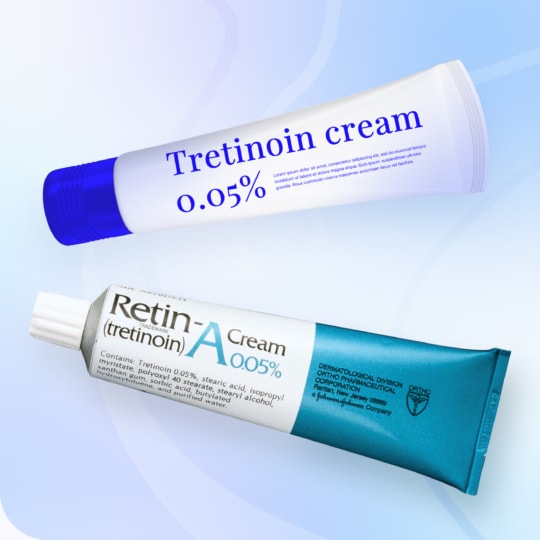
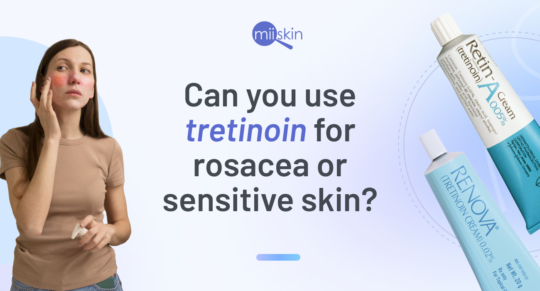
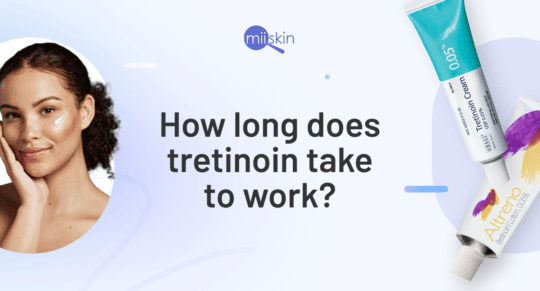
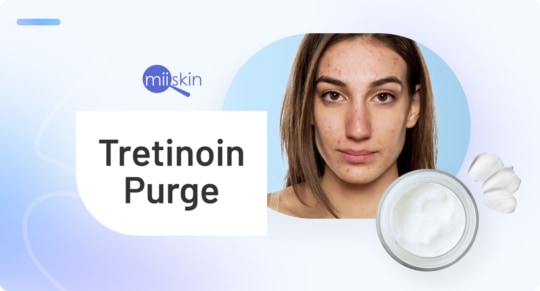
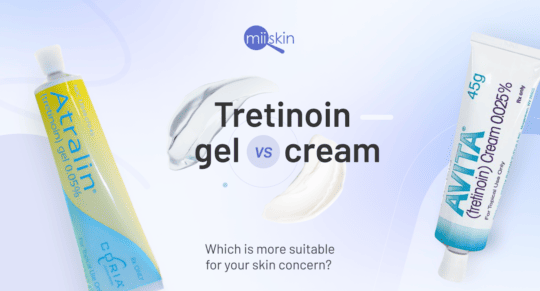
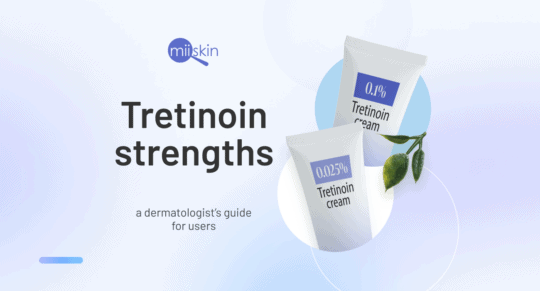
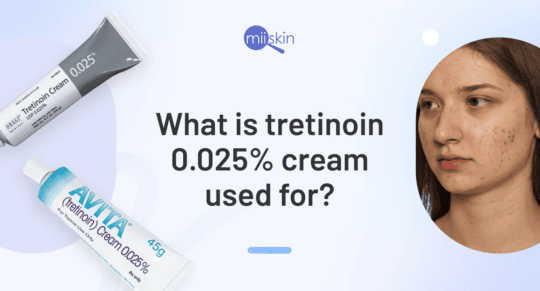
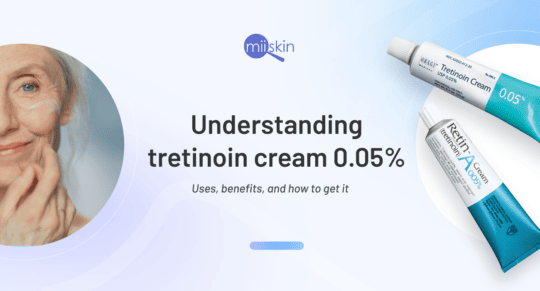
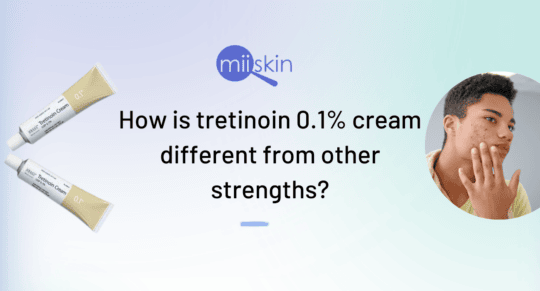
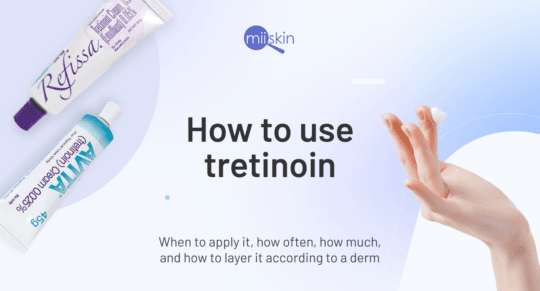
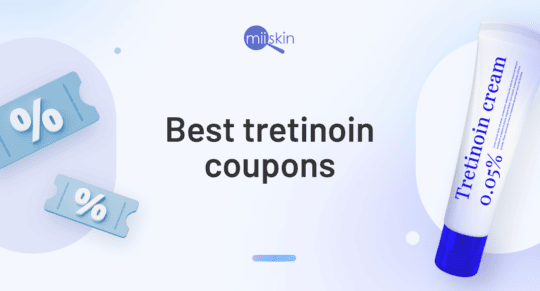
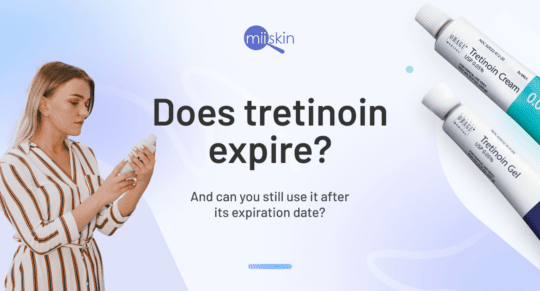

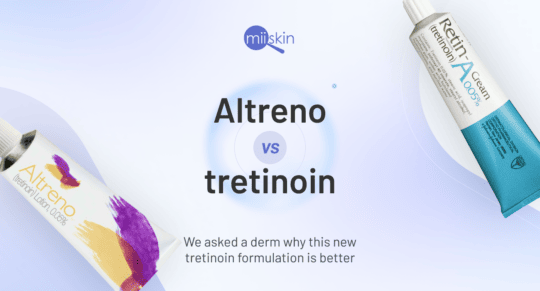
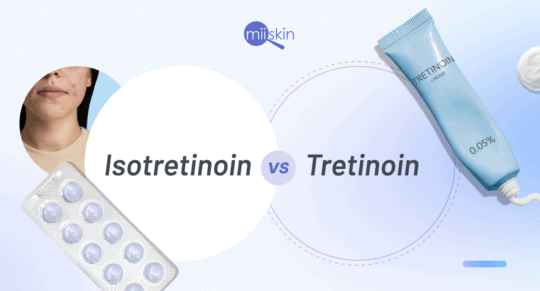
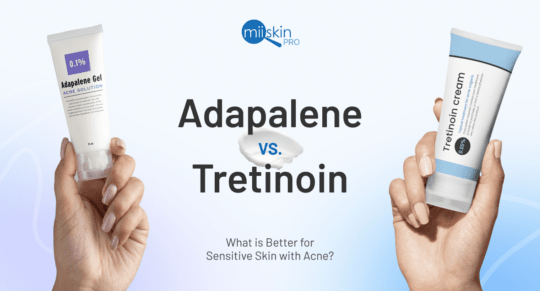
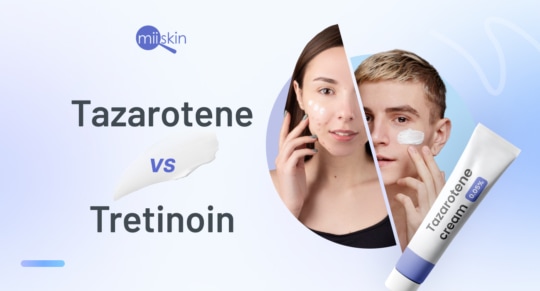
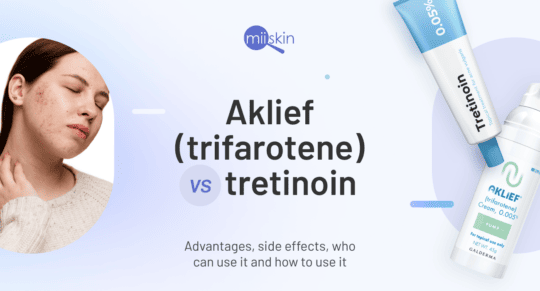
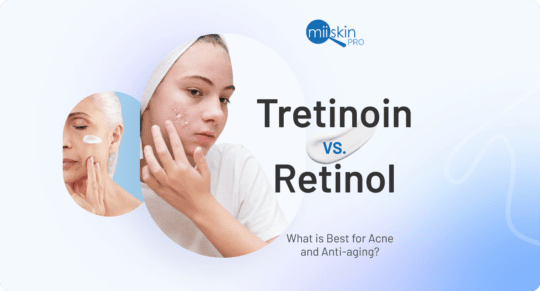
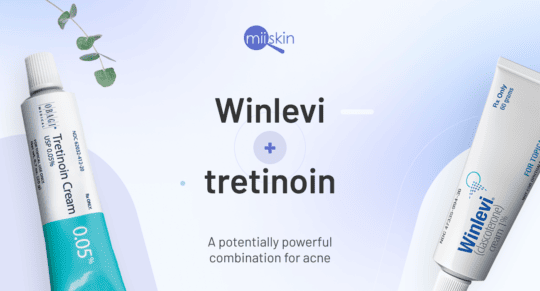
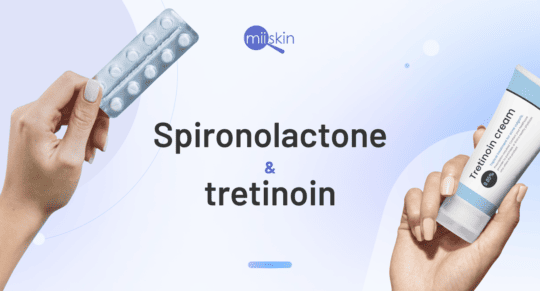
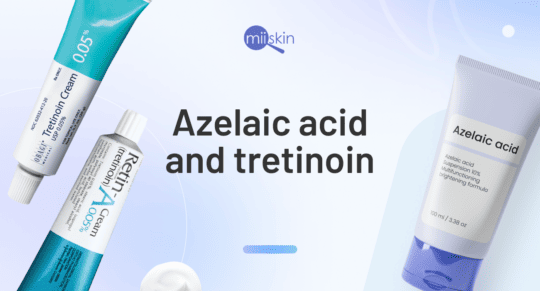
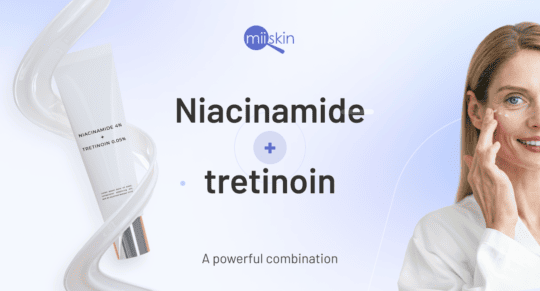
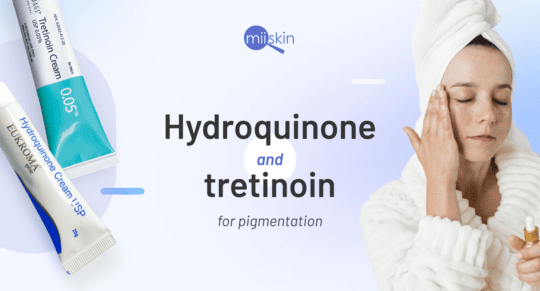
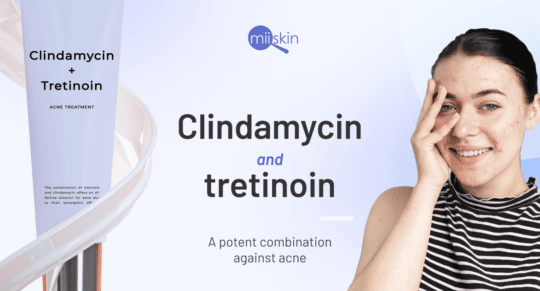
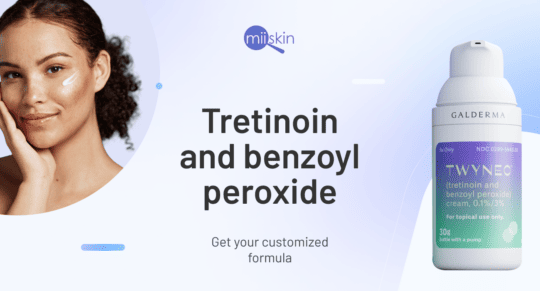
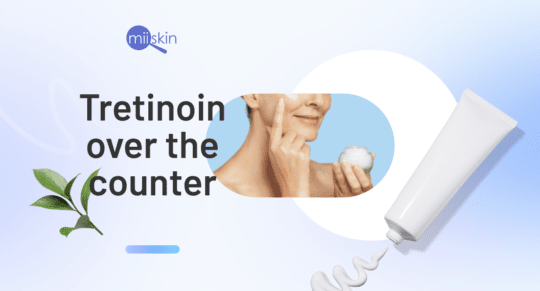
 Interested in getting tretinoin?
Interested in getting tretinoin?